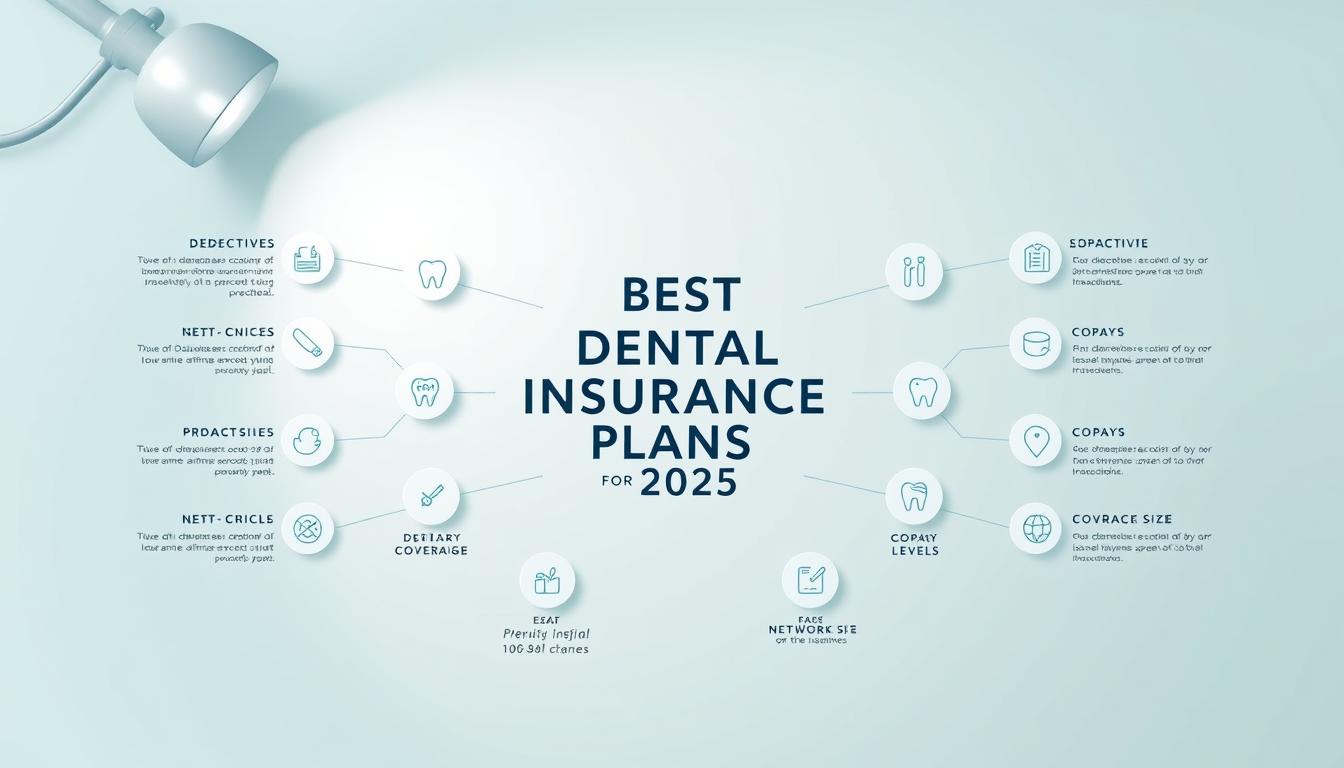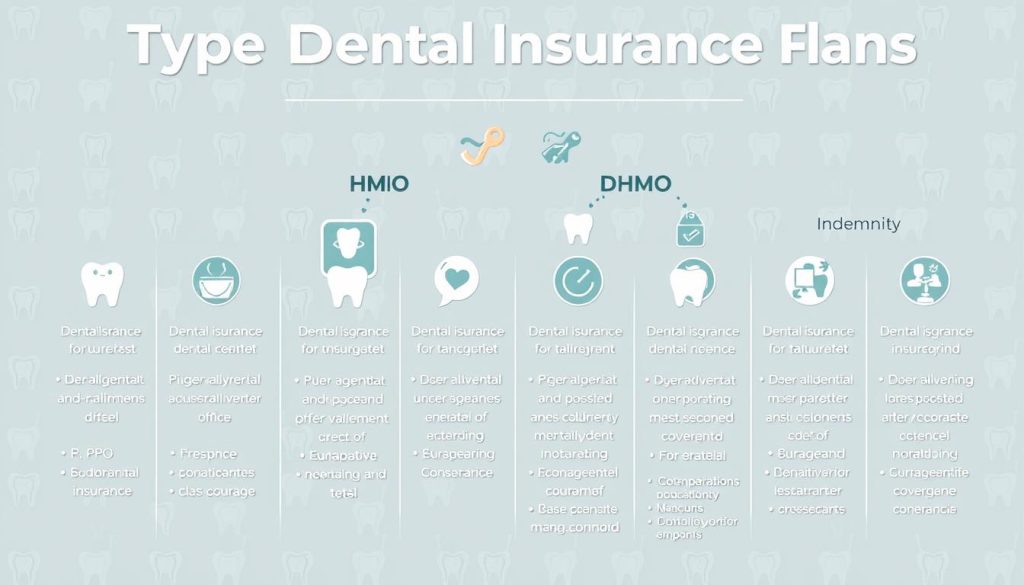Are you tired of sacrificing your family’s dental health due to the high costs of dental care? Maintaining good oral health is crucial for overall well-being, especially for children.
Affordable family dental plans can be a game-changer, providing access to necessary dental care without breaking the bank.
In this article, we’ll explore the importance of dental health for families and discuss how to find the right low-cost dental insurance that fits your family’s needs.
Key Takeaways
- Understanding the importance of dental health for families
- Exploring affordable dental plan options
- Learning how to choose the right dental insurance
- Discovering tips for maintaining good oral health
- Finding resources for affordable dental care
Understanding Low-cost Dental Insurance for Families
With the rising costs of dental care, families are turning to low-cost dental insurance plans to keep their smiles healthy without breaking the bank. Low-cost dental insurance for families is designed to provide affordable access to necessary dental care, ensuring that family members can maintain good oral health.
Types of Dental Coverage Available in the US Market
The US market offers a variety of dental coverage options for families, including:
- Preferred Provider Organization (PPO) plans: These plans offer a network of dentists to choose from, with discounts for using in-network providers.
- Dental Health Maintenance Organization (DHMO) plans: DHMO plans also have a network of providers, but they often require you to choose a primary care dentist from the network.
- Discount or Savings Plans: These are not insurance plans but offer discounted rates on dental services for an annual fee.
- Indemnity Plans: These plans allow you to visit any dentist, but they often come with higher premiums and out-of-pocket costs.
How Family Dental Plans Differ from Individual Plans
Family dental plans are designed to cover multiple individuals, typically offering discounts for bundling coverage. These plans can be more cost-effective than individual plans, especially for larger families. Key differences include:
- Premium costs: Family plans often have a single premium that covers all family members, whereas individual plans require separate premiums for each person.
- Coverage levels: Family plans may offer different coverage levels for various family members, such as children and adults.
- Maximum annual benefits: Some family plans have a collective annual maximum benefit that applies to all covered family members.
According to a recent survey, “Families with dental insurance are more likely to visit the dentist regularly, which can lead to better oral health outcomes” (
A Healthy Smile is a Happy Smile
).
Common Coverage Limitations and Exclusions
While low-cost dental insurance plans are designed to be affordable, they often come with certain limitations and exclusions. Common limitations include:
- Waiting periods: Some plans have waiting periods before certain services are covered.
- Annual maximums: Plans often have annual maximum benefits that limit the amount of coverage provided.
- Exclusions for pre-existing conditions: Some plans may exclude coverage for pre-existing dental conditions.
Understanding these limitations is crucial for selecting a plan that meets your family’s needs. By carefully reviewing the coverage details, you can make an informed decision and avoid unexpected costs.
How to Find Affordable Family Dental Plans
The quest for affordable family dental plans can be simplified by understanding the various options available in the market. With a multitude of choices, families can often feel overwhelmed when trying to select the right dental insurance.
Researching Through Insurance Marketplaces and Comparison Tools
One of the most effective ways to find affordable family dental plans is by researching through insurance marketplaces and utilizing comparison tools. These platforms allow families to compare different plans side by side, considering factors such as premium costs, coverage benefits, and provider networks.
For instance, websites like eHealthInsurance and HealthCare.gov offer tools that can help families navigate through various dental insurance plans, providing quotes and detailed information about each plan.

Exploring Employer-Sponsored vs. Individual Family Plans
Another crucial step is to explore the differences between employer-sponsored dental plans and individual family plans. Employer-sponsored plans are often more cost-effective and provide comprehensive coverage, as the employer contributes to the premium costs.
On the other hand, individual family plans can be tailored to meet specific needs and are available even when employer-sponsored plans are not an option. It’s essential to weigh the pros and cons of each type based on your family’s dental needs and budget.
Steps to Access Dental Schools and Community Health Centers
For families looking for extremely low-cost dental care options, accessing dental schools and community health centers can be a viable solution. Dental schools offer discounted dental services provided by supervised students, while community health centers provide affordable dental care to low-income families.
| Option | Description | Cost |
|---|---|---|
| Insurance Marketplaces | Compare and purchase dental insurance plans | Varies by plan |
| Employer-Sponsored Plans | Comprehensive coverage with employer contribution | Lower premiums |
| Dental Schools | Discounted services by supervised students | Low cost |
| Community Health Centers | Affordable dental care for low-income families | Low cost or free |
By considering these options and utilizing the resources available, families can find dental plans that not only fit their budget but also provide the necessary coverage for maintaining healthy smiles.
Comparing Cost-Effective Dental Coverage Options
The quest for affordable family dental insurance leads many to explore different plans, from DHMO to DPPO and beyond. With numerous options available, understanding the nuances of each plan is crucial for making an informed decision.
DHMO vs. DPPO Plans: Which Saves Families More Money
DHMO (Dental Health Maintenance Organization) and DPPO (Dental Preferred Provider Organization) plans are two popular types of dental insurance. DHMO plans often come with lower premiums but require you to choose a primary care dentist from a network, limiting your flexibility. On the other hand, DPPO plans offer more flexibility in choosing your dentist, both in and out of network, but may have higher premiums.
When comparing these plans, it’s essential to consider your family’s dental needs and budget. For families who value flexibility and are willing to pay a bit more for it, DPPO might be the better choice. Conversely, for those on a tighter budget who don’t mind selecting a dentist from a network, DHMO could be more cost-effective.
| Plan Type | Premiums | Network Flexibility | Out-of-Pocket Costs |
|---|---|---|---|
| DHMO | Lower | Limited to network | Generally lower |
| DPPO | Higher | More flexible | Can be higher, especially out-of-network |
Dental Savings Plans: An Alternative to Traditional Insurance
For families who find traditional insurance plans unaffordable or too restrictive, dental savings plans offer an alternative. These plans involve paying an annual fee to access discounted dental services from participating providers. While not insurance, they can significantly reduce out-of-pocket costs for dental care.
Evaluating Premium Costs Against Coverage Benefits
When evaluating dental insurance plans, it’s crucial to look beyond the premium costs. Consider the coverage benefits, including annual maximums, deductibles, and waiting periods. A plan with lower premiums might not be the best value if it has high deductibles or limited coverage.
Families should assess their dental needs and compare the total costs of different plans, including premiums, out-of-pocket expenses, and any potential savings from discounts or preventive care coverage.
Step-by-Step Guide to Selecting the Right Family Dental Plan
Ensuring your family has the right dental coverage is a vital part of overall health, and with the right guidance, you can make a well-informed choice. Selecting a budget-friendly dental coverage for families requires a thorough understanding of your family’s dental needs and the options available.
Assessing Your Family’s Specific Dental Needs
The first step in choosing the right family dental plan is to assess your family’s specific dental needs. Consider the age of your family members, their dental history, and any ongoing dental care needs. For instance, families with young children may prioritize plans with comprehensive pediatric dental coverage, including routine check-ups, fluoride treatments, and orthodontic care if necessary.
How to Compare Quotes and Coverage from Multiple Providers
Once you have a clear understanding of your family’s needs, it’s time to compare quotes and coverage from multiple providers. Look for plans that offer economical dental insurance options for families without compromising on essential coverage. Create a comparison chart to evaluate the benefits, deductibles, and annual maximums of different plans.

Verifying Provider Networks for Family-Friendly Dentists
A crucial aspect of any dental plan is the network of providers. Ensure that the plan you choose includes family-friendly dentists with experience in treating children and adults. You can verify this by checking the provider directory on the insurance company’s website or by calling their customer service.
Questions to Ask Potential Dental Providers
When evaluating potential dental providers, consider asking the following questions:
- What is the extent of the coverage for routine cleanings and check-ups?
- Are there any additional costs for specialist care, such as orthodontics or oral surgery?
- How are claims processed, and what is the typical reimbursement period?
- Are there any waiting periods for certain procedures?
Understanding Waiting Periods, Annual Maximums, and Deductibles
It’s essential to understand the fine print of your dental plan, including waiting periods, annual maximums, and deductibles. Waiting periods can delay coverage for certain procedures, while annual maximums cap the amount the insurer will pay in a year. Deductibles are the out-of-pocket costs you must pay before the insurance kicks in. Look for plans with reasonable deductibles and annual maximums to ensure you’re getting discount dental insurance for families that meets your needs.
By following these steps and carefully evaluating your options, you can select a family dental plan that provides comprehensive coverage at a price you can afford.
Conclusion: Maintaining Healthy Smiles Without Breaking the Bank
Finding the right low-cost dental insurance for families can be a daunting task, but it’s essential for maintaining healthy smiles without breaking the bank. By understanding the different types of dental coverage available and comparing cost-effective options, families can make informed decisions about their dental care.
Affordable dental plans for families are within reach when you know where to look. Researching through insurance marketplaces, exploring employer-sponsored plans, and accessing dental schools and community health centers can provide valuable options.
By assessing your family’s specific dental needs, comparing quotes, and verifying provider networks, you can select a plan that fits your budget and meets your needs. With the right plan, you can ensure that your family’s smiles stay healthy and bright without straining your finances.
FAQ
What is considered a low-cost dental insurance plan for families?
A low-cost dental insurance plan for families is one that offers affordable premiums while still providing necessary coverage for routine care, basic procedures, and sometimes major services. These plans can vary in cost but are generally more budget-friendly than comprehensive plans.
Are there any affordable family dental plans that cover orthodontic treatment?
Yes, some affordable family dental plans offer coverage for orthodontic treatment, but the extent of the coverage can vary. Some plans may cover a percentage of the treatment cost, while others may offer a fixed benefit. It’s essential to review the plan details to understand what’s covered.
How do I find cheap dental coverage for my family?
To find cheap dental coverage, you can compare insurance quotes online, check with your employer for sponsored plans, or look into dental discount plans. You can also explore options through the health insurance marketplace or professional associations.
What are the best low-cost dental insurance options for families with young children?
The best low-cost dental insurance for families with young children often includes plans that cover pediatric dental care, including routine cleanings, fluoride treatments, and fillings. Some plans may also offer coverage for orthodontic treatment. Look for plans with a network of pediatric dentists.
Can I get a quote for family dental insurance online?
Yes, you can get quotes for family dental insurance online through insurance comparison websites or directly from insurance providers’ websites. These quotes can give you an idea of the premium costs and coverage options.
What factors should I consider when choosing a family dental insurance plan?
When choosing a family dental insurance plan, consider factors such as the premium cost, deductible, annual maximum benefit, coverage for preventive care, basic and major services, and any exclusions or waiting periods. Also, check if the plan has a network of dentists and if there are any out-of-pocket costs.
Are there any cost-effective dental plans for families that include coverage for major dental work?
Yes, some cost-effective dental plans for families cover major dental work, such as crowns, bridges, and dentures. However, these plans may have higher premiums or require a waiting period before major services are covered. Carefully review the plan’s coverage and limitations.
How do discount dental plans for families work?
Discount dental plans are not insurance but offer discounted rates on dental services for an annual fee. Members pay a reduced rate for dental care at participating dentists. These plans can be a cost-effective option for families who need dental care but want to avoid insurance premiums.
What is the difference between DHMO and DPPO dental plans for families?
DHMO (Dental Health Maintenance Organization) plans typically have lower premiums but require you to see a dentist within the network. DPPO (Dental Preferred Provider Organization) plans offer more flexibility, allowing you to see any dentist, but often at a higher premium. DPPO plans also usually cover a portion of out-of-network care.













